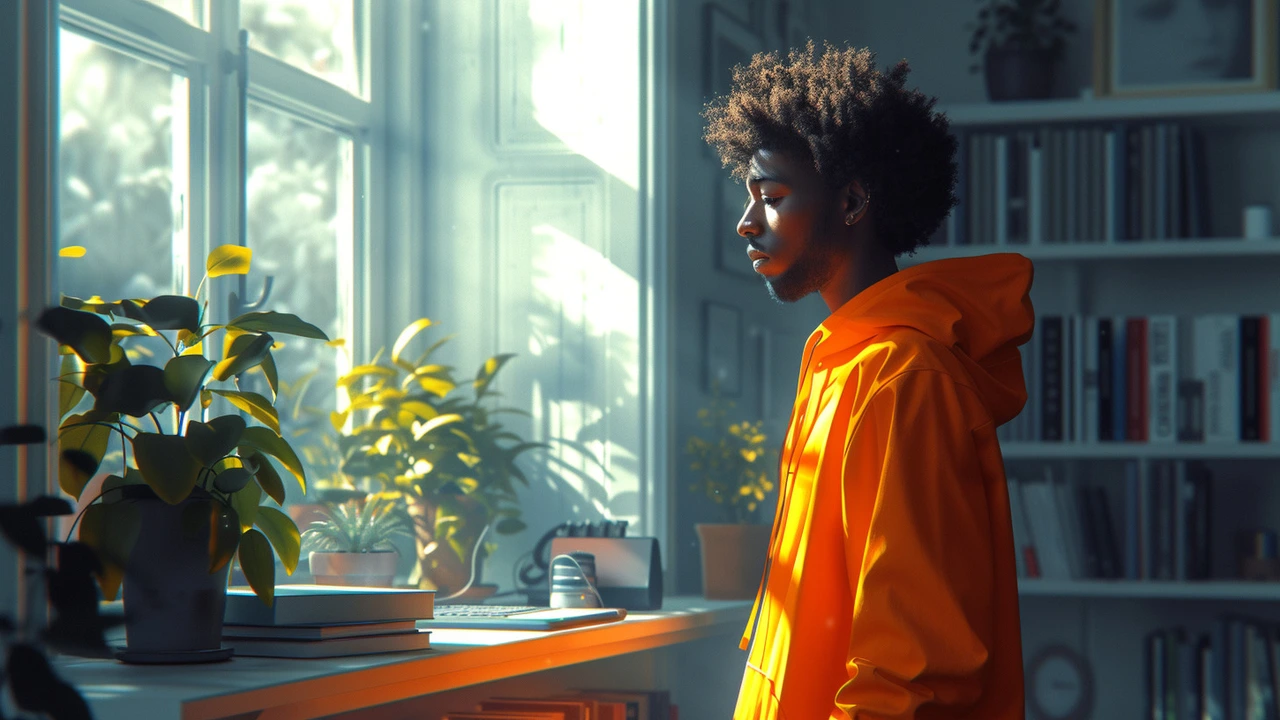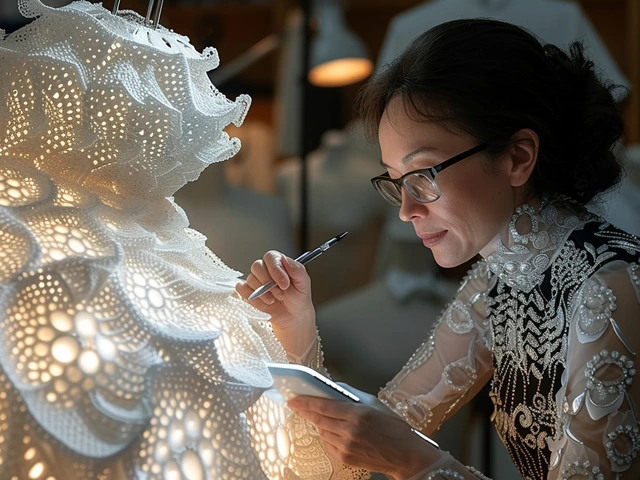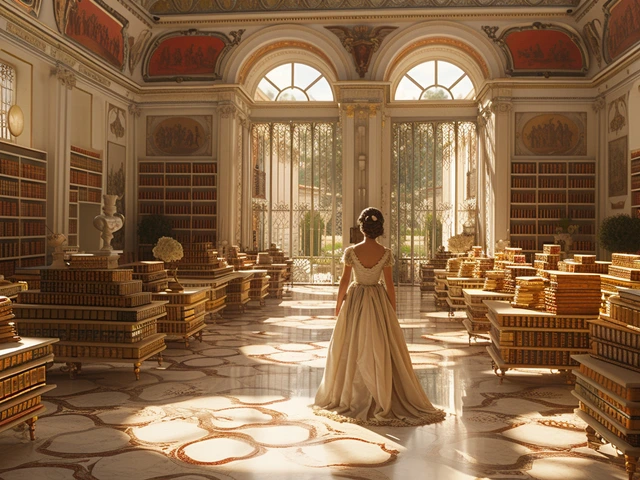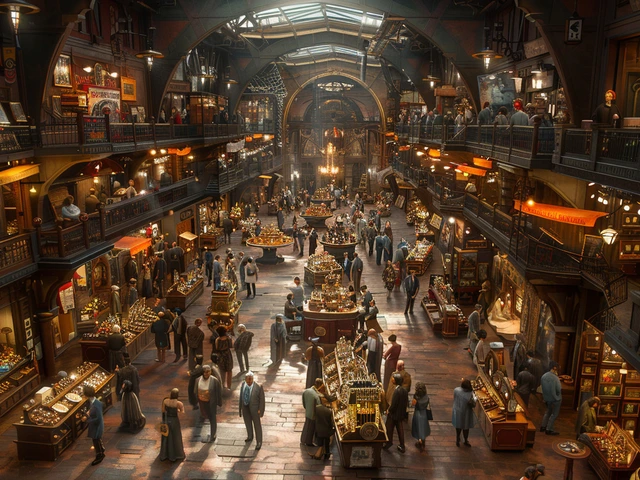The Genesis of Cubism: Picasso and Braque
Once upon a time in the early 20th century, two gentlemen named Pablo Picasso and Georges Braque embarked on a daring adventure that culminated in a revolutionary art style: Cubism. They dared to view the world in a different way, using geometric figures instead of smooth and realistic shapes. Remember that time when my daughter, Ophelia, got her first Lego set and started building structures that were completely different from what was on the box? Well, you could compare her to a mini Picasso or Braque in the making!
Cubist artists started to present a multitude of viewpoints all at once, allowing the viewer to encounter the subject from different perspectives. Have you ever tried to look at a moving Ophelia, trying to piece together a coherent image from all the angles she presented to me in a short span of time? That, my lovely readers, is a real-life application of Cubism!
Rationale Behind The Cubist Revolution
Cubism contrasted with the traditional techniques of perspective, modelled forms, or the use of light and shadow. It took a rebellious stand, wanting to do away with the idea that art should copy nature. Instead, Cubists proposed that the job of an artist was to depict a new reality, one that was firmly rooted in the abstract and the philosophical.
Yes, this isn’t unlike those times when Ophelia brings me a scribble and declares it to be a rocket ship blasting off into space. In her world, that’s what it is. And who am I, or any of us for that matter, to contradict the concept of perspective and alternate realities?
The Characteristics of Cubist Art
In the realm of Cubist art, objects are analysed, broken up and reassembled in an abstract form. The artists fragment the subject into a multitude of surfaces, depicting several different aspects of one object simultaneously. It also involved a degree of playfulness with the very nature of form and perspective. Take a regular object, a vase for example, and try looking at it not as a single piece but as various planes and surfaces. It is not the simplest task, but it is this that embodies the experimentation of Cubism.
How Cubism Influenced Later Art Movements
The tendrils of Cubist philosophy extended far beyond its own lifetime, continuing to influence the development of art long after its peak in the 1920s. Nearly every movement that followed has owed something to Cubism. Look at Futurism, Dada, Surrealism, and Constructivism. Each of these borrowed heavily from the use of fragmentation, multiple perspective, and the emphasis on the two-dimensionality of the canvas that Cubist artists heavily employed.
Cubism’s Impact on Literature and Architecture
Cubism’s influences weren’t restricted to the visual arts. In literature, it reshaped traditional forms and structures, inspiring poets such as Ezra Pound and T.S. Eliot to experiment with juxtaposition and multiple viewpoints. In architecture, Cubism inspired the development of the ultra-modern architectural movement, driven by a new conception of form and space. As Picasso and Braque fragmented the canvas, so architects began to fragment the building!
The Long-lasting Legacy of Cubism
Despite its abstract concepts and sometimes difficult-to-grasp theories, Cubism has remained relevant even a century later. Whether through the continuing discovery of Cubist paintings, the exploration of Cubist concepts in modern digital art, or even the ripples of its influence in popular culture, the legacy of Cubism remains alive and relevant. From the paintings of Picasso that continue to sell for record-breaking prices to the aesthetic of ‘blocky’ graphics in many video games, Cubism continues to touch our lives in surprising ways.
The Final Perspective: Cubism as a Lifestyle
Let's face it, Cubism is not limited to art, it spills over into our lifestyle, our thinking. Just as we can appreciate the world from a cubist perspective in art, so too, can we try to apply this idea of simultaneous perspectives in our lives. Understanding that everyone's perspective matters, even if they appear contrary to our own, can bring about a sense of peace and harmony. And wouldn't that make our world a masterpiece?
So next time you look at a Cubist painting, take a moment to appreciate the multiple viewpoints it offers. Just like my little Ophelia, viewing things from a Cubist perspective allows you to appreciate the many facets of both art and life.



